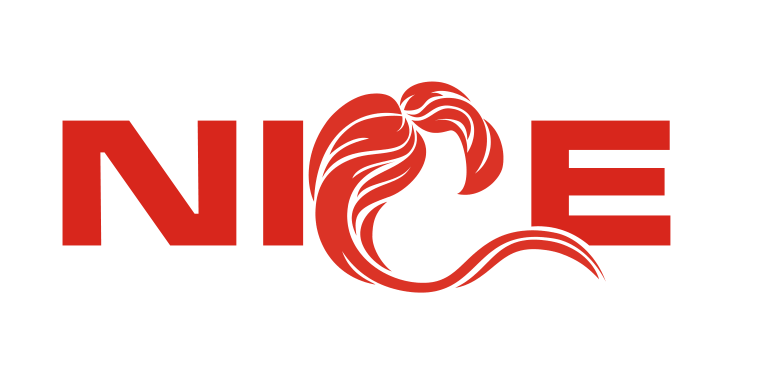For newcomers to buying and wearing human hair extensions, grasping the quality variations can initially be perplexing. Knowing the differences between each type is crucial as it influences the hair's lifespan, comfort, and resilience over time. Although cheaper alternatives may initially tempt you, they often lack the same texture, durability, or longevity as higher-quality options.
This guide will detail the distinctions among Virgin Remy, Machine Remy, Non-Remy, and synthetic hair extensions.
Virgin Remy hair stands as the pinnacle of quality within the human hair market. When extensions are labeled as Virgin Remy, it means the hair originates from a single donor, with all strands aligned in one direction, preserving the cuticles. This alignment, termed "cuticle intact," is akin to comparing a neatly tied ponytail, where all strands flow uniformly, to a tangled heap of hair on the floor. Maintaining this directional consistency enhances the smoothness, natural movement, and long-term manageability of the hair.

As a result, these strands boast superior quality and can endure longer with appropriate maintenance. Hair with intact cuticles can withstand heat, styling, and coloring without harm, thanks to its minimal processing. The careful collection process ensures the preservation of the cuticles, resulting in a natural texture, softness, and enduring luster. Moreover, such hair is less susceptible to tangling. Virgin Remy human hair extensions epitomize purity and establish the benchmark for excellence in the realm of hair extensions.
What is Machine Remy hair?
Machine Remy hair offers excellent quality, though it falls slightly short of Virgin Remy standards. Under this classification, a minimum of 95 percent of the hair retains its cuticle intact, achieved through machine processing. These human hair extensions boast longevity, smoothness, and a natural appearance. While machine-processed hair still qualifies as Remy, it may necessitate additional care to minimize tangling and uphold its quality and aesthetic appeal.

What is Partial or Non-Remy hair?
Partial Remy hair offers a more budget-friendly option but noticeably falls short in quality compared to Machine or Virgin Remy counterparts. Its cuticles may only be partially intact, demanding extra attention to maintain smoothness. On the other hand, Non-Remy hair exhibits cuticles laying in multiple directions, resulting in diminished smoothness and heightened susceptibility to tangling, matting, and loss of luster. Consequently, it lacks the comfort of wear.
Non-Remy hair may undergo chemical treatment to strip off cuticles, replacing them with a silicone-based sealer or filler for a smoother appearance. However, repeated washing, drying, and heat styling can degrade this coating over time, revealing a dry, rough texture prone to tangling, matting, or breakage.
When comparing swatches of Machine Remy or Virgin Remy with Partial or Non-Remy hair, the latter often feels coarser. These lower-quality grades present challenges due to compromised cuticles, necessitating additional processing that affects lifespan and mandates meticulous maintenance.

What is Synthetic Hair?
Synthetic hair is crafted from various synthetic fibers and differs from human hair. The process involves blending and layering these fibers to mimic a hair-like texture. While synthetic extensions offer affordability, they lack the authenticity and resilience of human hair, serving as a short-term solution with limited durability. They are not suitable for coloring or heat styling due to the risk of damage.
Compared to human hair, synthetic hair lacks natural texture, movement, softness, and bounce characteristic of Remy hair. It does not move or lay naturally and lacks the desired qualities. Synthetic hair poses limitations for heat styling, as using curling irons or straighteners can lead to melting or damage to the tools. Hence, we advise against using synthetic hair.
Why Quality is Important: The Longevity Aspect of Human Hair Extensions
Quality plays a pivotal role in ensuring the longevity and lasting beauty of your hair extensions. The meticulous craftsmanship involved in crafting high-quality extensions significantly impacts their durability. Comparing different hair extension types is akin to selecting the appropriate fuel or oil for your car based on its needs and performance requirements. Opting for the right hair extension type is essential for achieving desired longevity and quality, as using the wrong type can result in performance issues over time.

While the allure of ordering hair extensions online at the lowest price point may be tempting, these often prove uncomfortable to wear and deteriorate quickly, leaving you back at square one.

